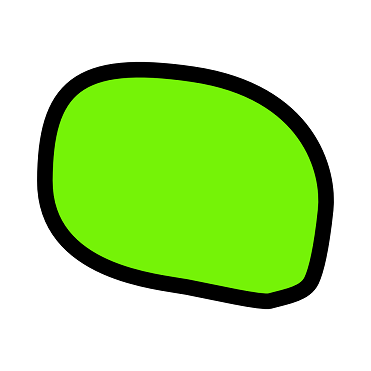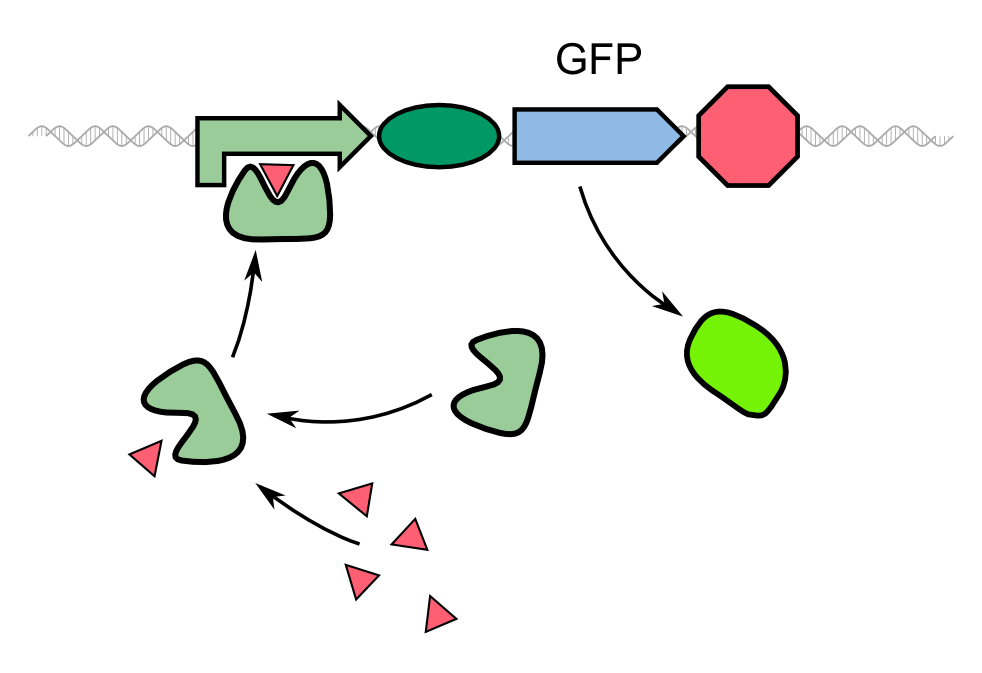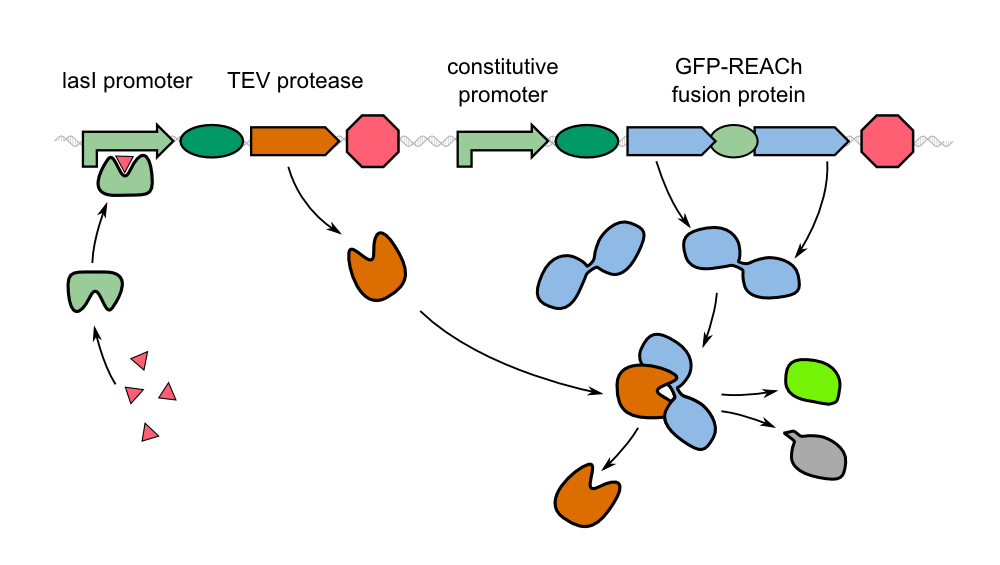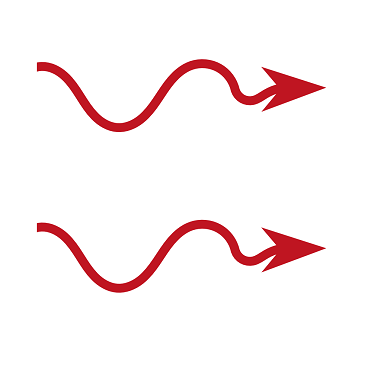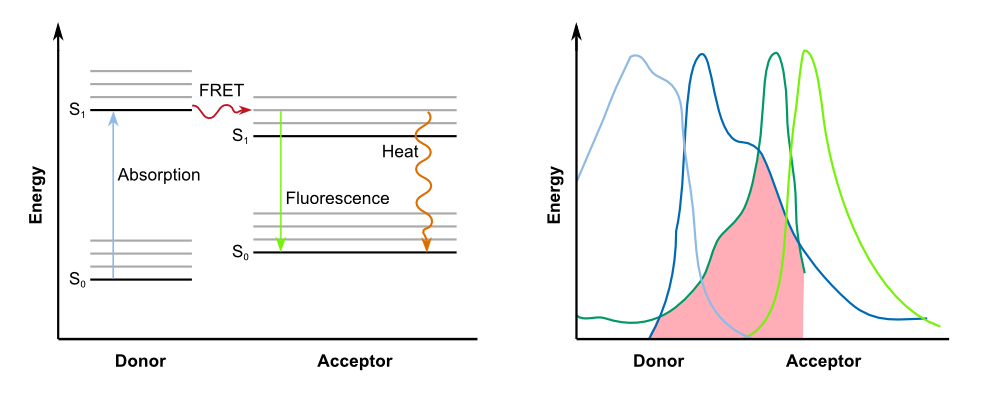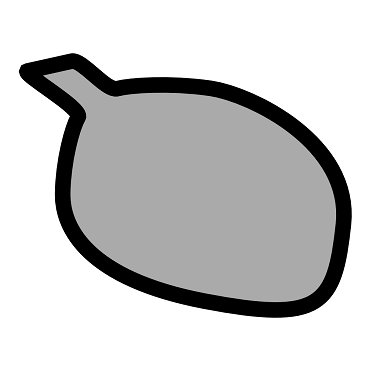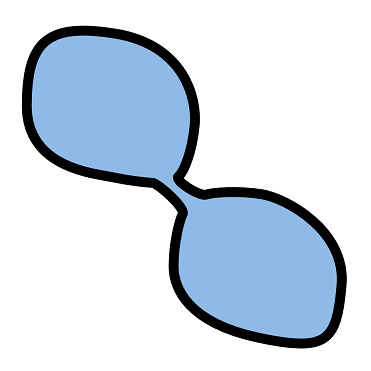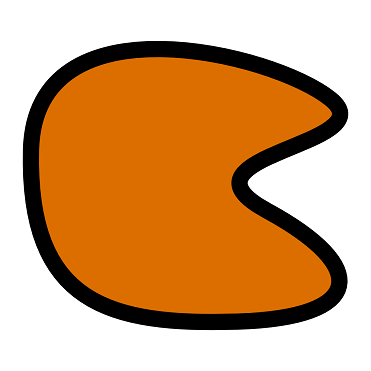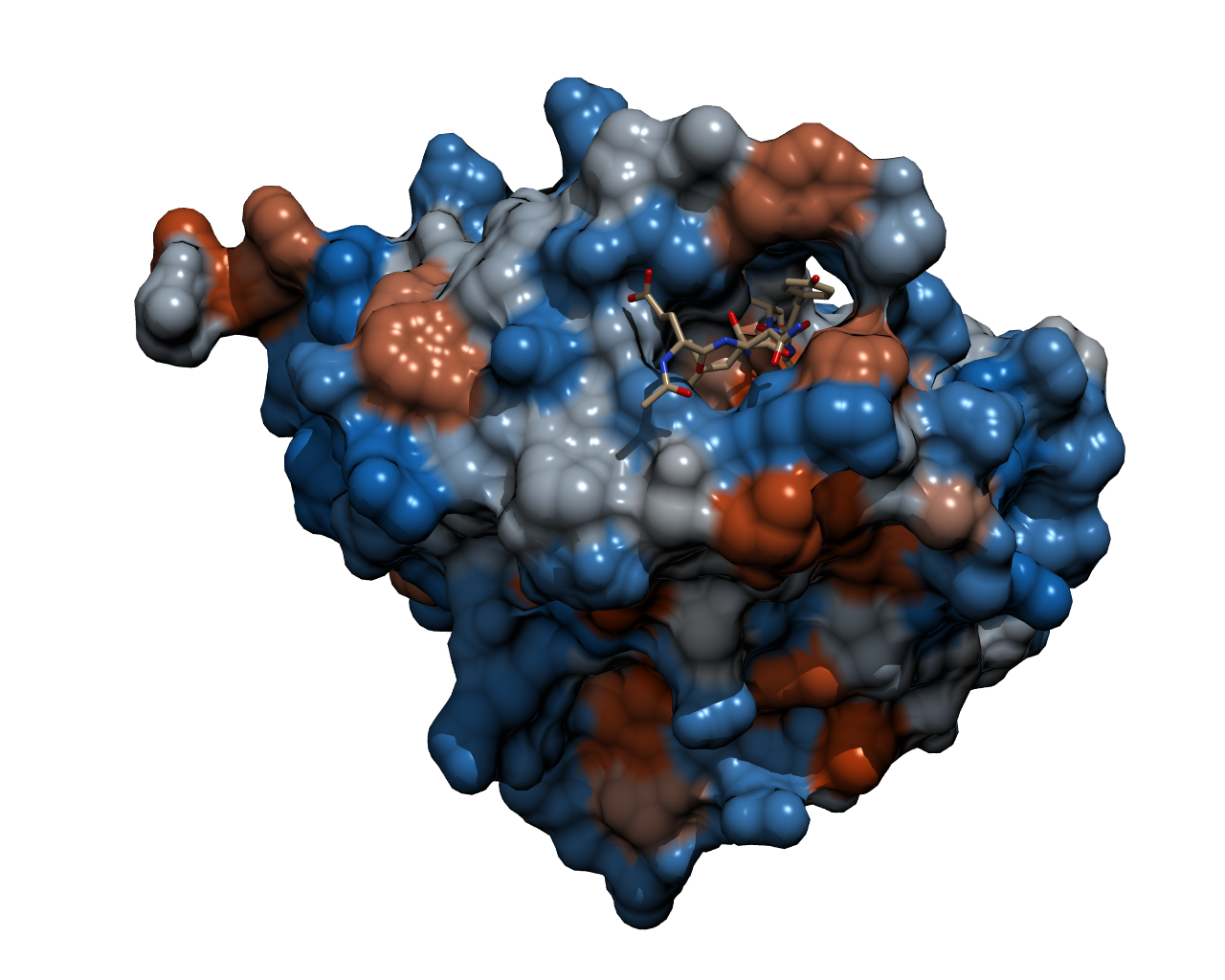The FRET (Förster Resonance Energy Transfer) System
Förster resonance energy transfer (FRET), sometimes also called fluorescence resonance energy transfer, is a physical process of energy transfer. In FRET, the energy of a donor chromophore, whose electrons are in an excited state, is passed to a second chromophore, the acceptor. The energy is transferred without radiation and is therefore not exchanged via emission and absorption of photons. The acceptor then releases the energy received from the donor, for example, as light of a longer wavelength.
In biochemistry and cell biology, fluorescent dyes, which interact via FRET, are applied as "optical nano metering rules", because the intensity of the transfer is depend on the spacing between donor and acceptor, and can be observed up to distances of 10 nm. This way, protein-protein interactions and conformational changes of a variety of tagged biomolecules can be observed. For efficient FRET to occur, there must be a substantial overlap between the donor fluorescence emission spectrum and the acceptor fluorescence excitation (or absorption) spectrum ([http://www.nature.com/nprot/journal/v8/n2/full/nprot.2012.147.html Broussard et al., 2013]), as described in Fig.2.
However, fluorescence is not an essential requirement for FRET. This type of energy transfer can also be observed between donors that are capable of other forms of radiation, such as phosphorescence, bioluminescence or chemiluminescence, and fit acceptors. Acceptor chromophores do not necessarily emit the energy in form of light, and can lead instead lead to quenching. Thus, this kind of acceptors are also referred to as dark quenchers. In our project, we use a FRET system with a dark quencher, namely our REACh construct.
|
 "
"
